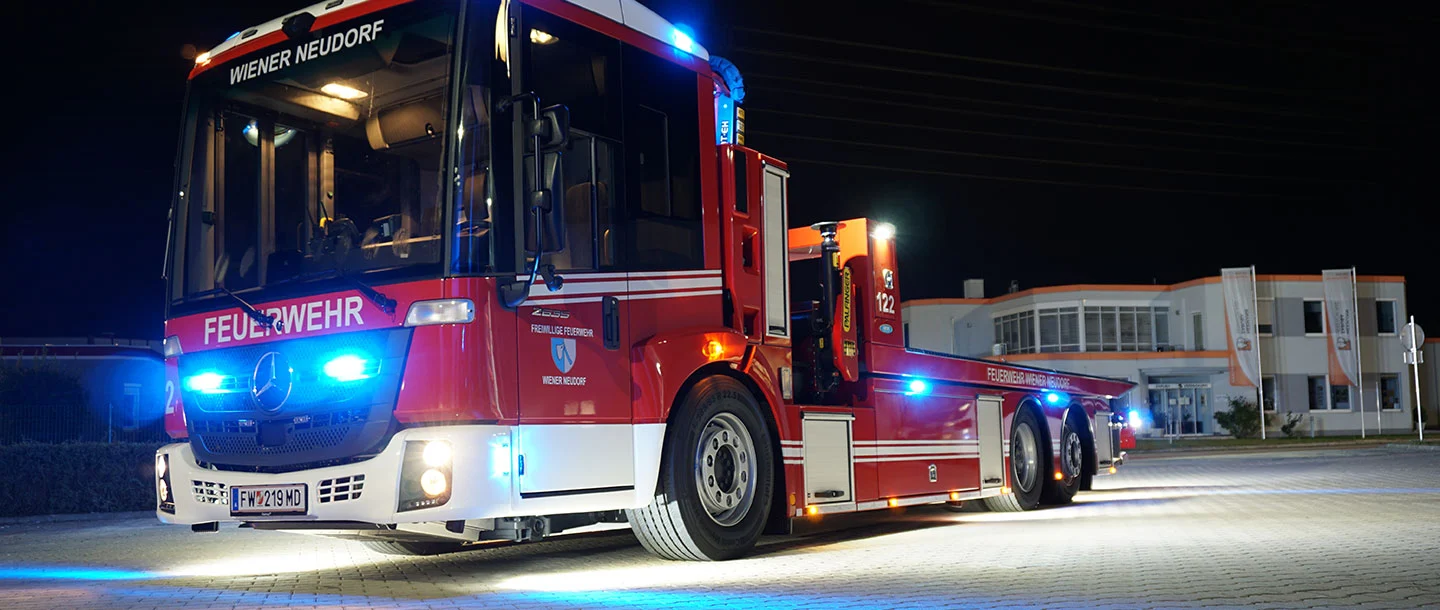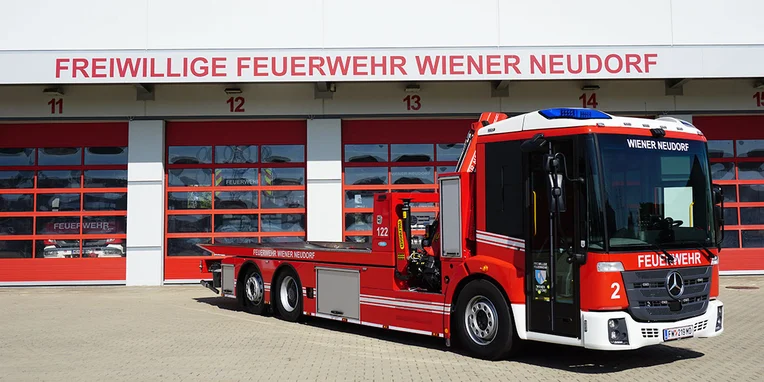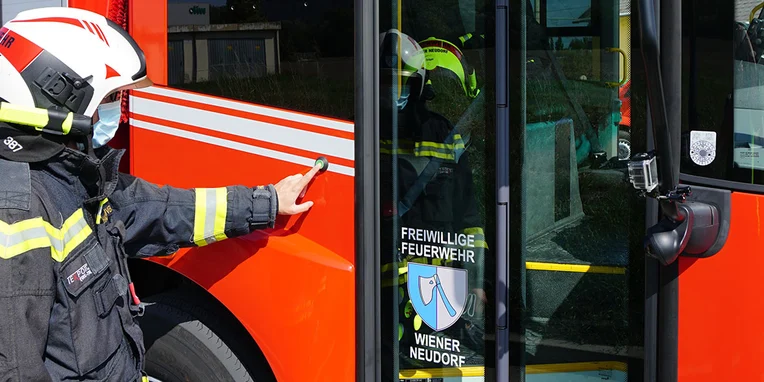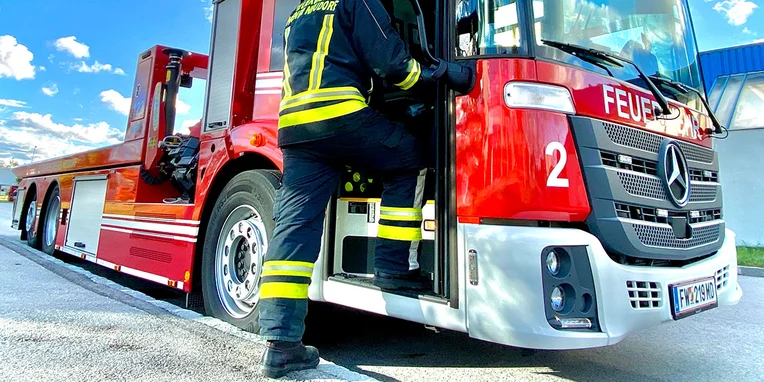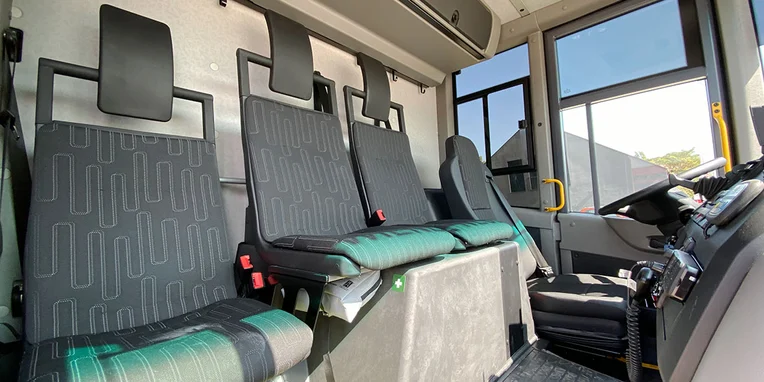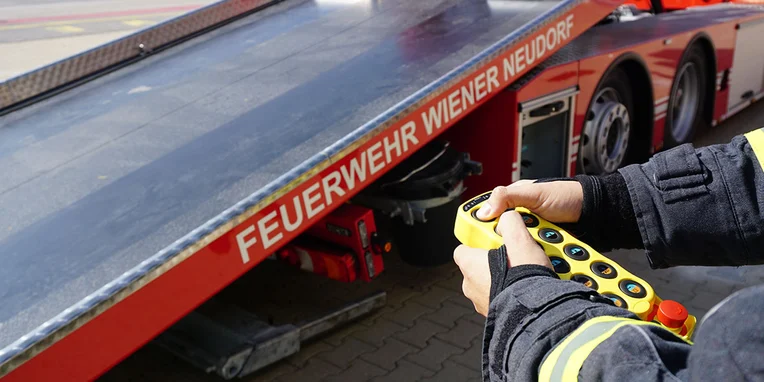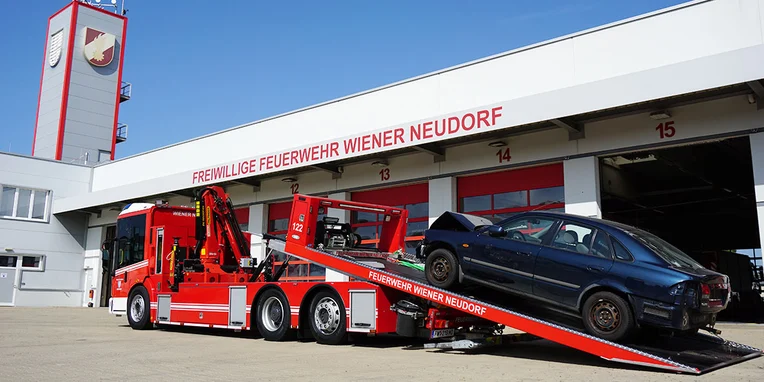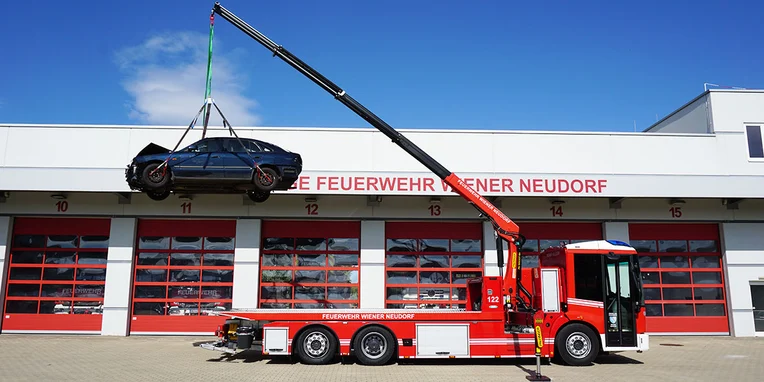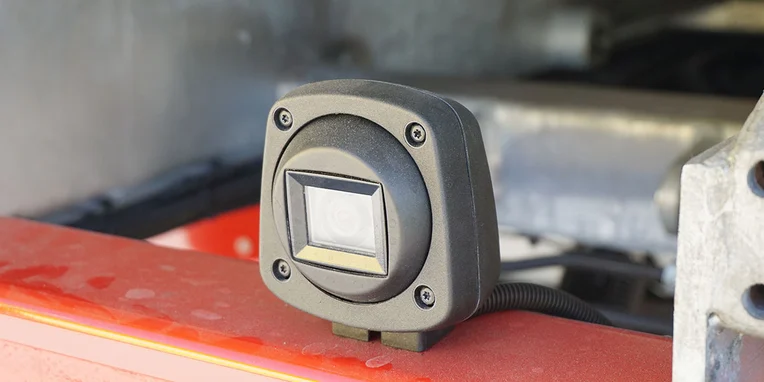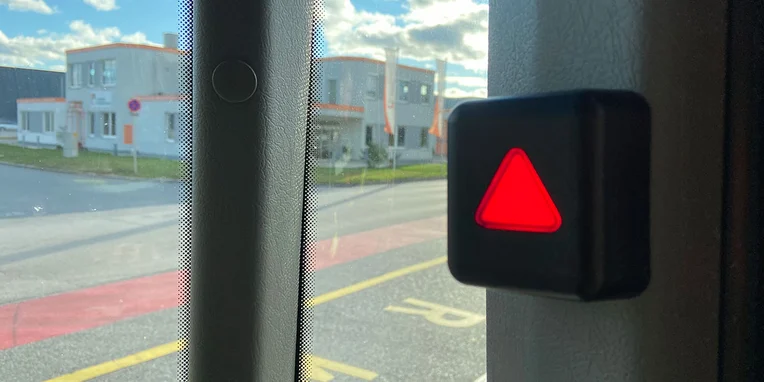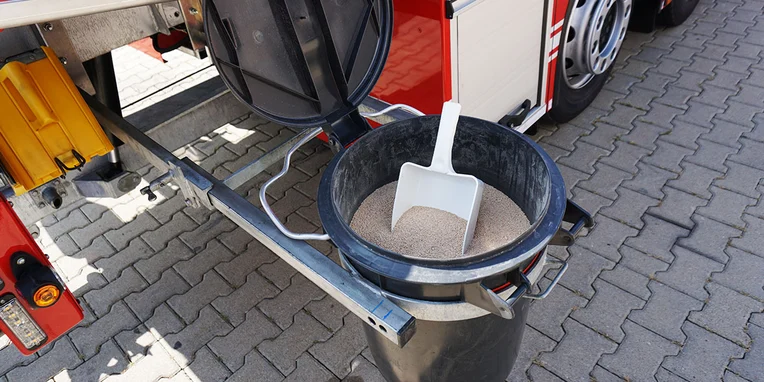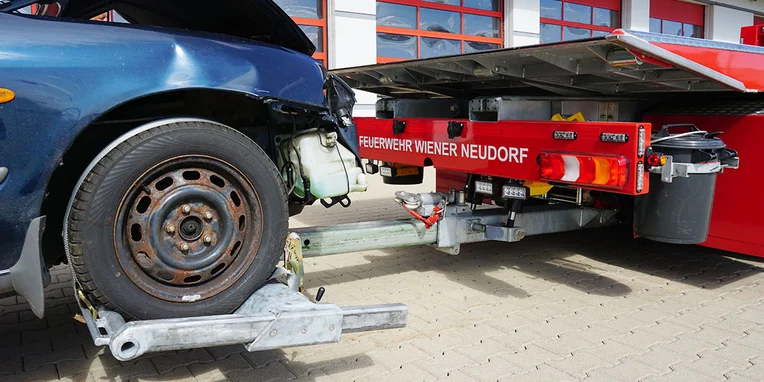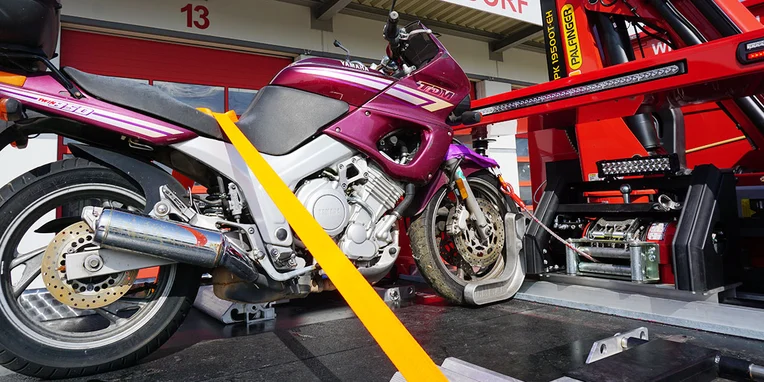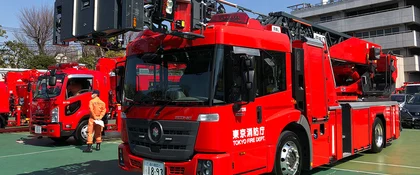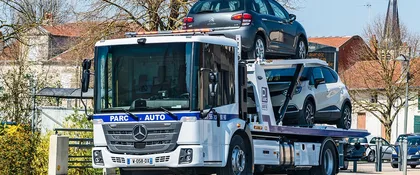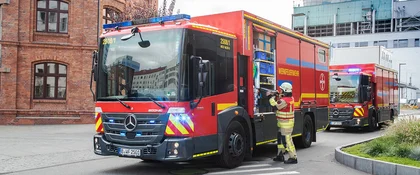Vienna-Neudorf's volunteer fire brigade: safely on the road with the Econic recovery vehicle.
"Overturned van on the A2 near Vienna. One person trapped." From this point on, every second counts for Vienna-Neudorf's volunteer fire brigade. The volunteer rescuers rush into the fire station, don their uniforms and start up the vehicles. Accompanying them on their shout today: a brand new Mercedes-Benz Econic recovery vehicle which was specially developed for precisely this type of operation.
No two emergencies are alike.
"We're responsible for a 25-km stretch of the southbound motorway, as well as a section of the south-eastbound motorway and a large part of the Vösendorf motorway interchange. We get called out around 250 times a year to deal with road traffic accidents and vehicle recoveries," explains Station Commander Walter Wistermayer. "But despite that, shouts like this never become routine."
Time and again, in addition to recovering vehicles and securing the accident site, the volunteer rescuers also have to rescue people, free injured people from their vehicles and, in rare cases, even recover fatally injured victims. "This means that no two calls are ever the same, and we also have to deal with extremely challenging situations regularly," reports Walter Wistermayer.
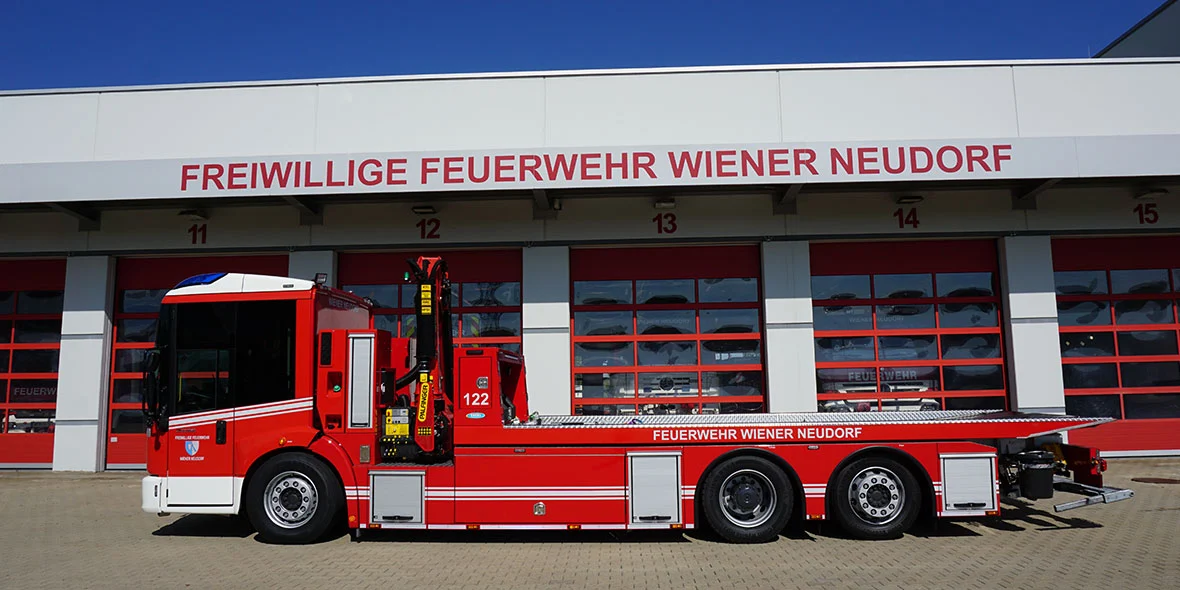
In order to be best equipped for these types of operations, the Vienna-Neudorf volunteer fire brigade purchased a new recovery vehicle (or ASP as they call it) based on a Mercedes-Benz Econic 2635 in autumn 2020 as a replacement for their 18-year-old Mercedes-Benz Atego 1323L. The three-axle vehicle – which sports a steered trailing third axle and a special body from Eberl – is powered by a six-cylinder diesel engine with an output of 354 hp (260 kW) and, thanks to its remote-controlled recovery platform and rear-mounted wheel lifts, it forms an integral part of the fire service's technical line-up.
Equipped for every eventuality.
Stowed away in the large pull-out drawers of the Econic's nine equipment compartments are special tools and items of equipment, including lashing materials, sliding chocks, manoeuvring rollers, oil binding agent and a vehicle jack. Also part of the recovery equipment is a compressed-air hose reel and special retaining bars on the body for securing single-track motor vehicles (e.g. motorcycles, mopeds). Good for the environment: the completely sealed platform allows leaking operating fluids to be caught, collected and subsequently disposed of using a separate drain valve.
